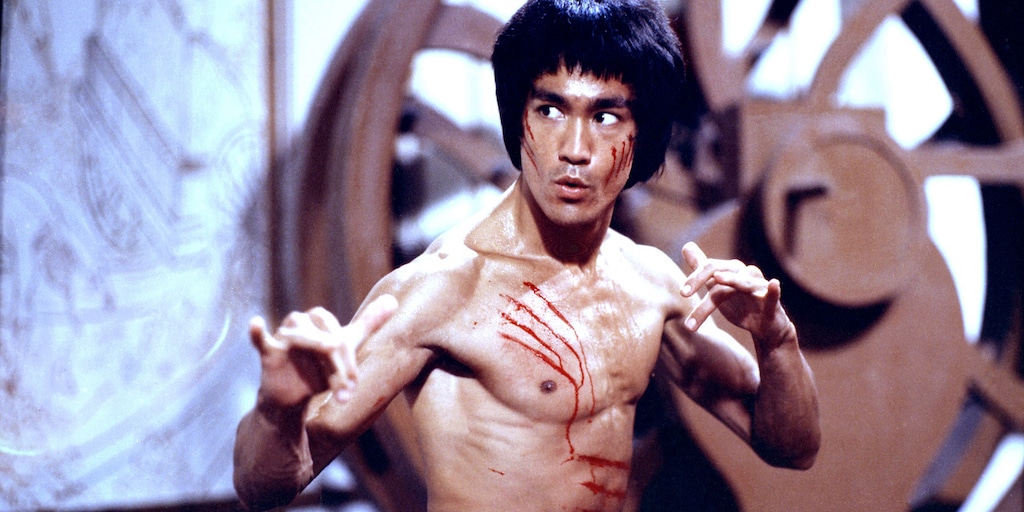Spoilers ahead for Avengers: Endgame.
The Avengers: Endgame trailers let audiences know that Jeremy Renner’s Hawkeye character would be undergoing a transformation. Although movie goers may have not have had an a-ha moment when Jeremy Renner was shown hooded and with a katana, but comic book readers knew exactly who this Hawkeye alter ego was: Ronin.
History buffs recognize the word “ronin” originates from Feudal Japan. A ronin was a samurai without a daimyo (master), typically due to the death of the daiymo or his fall from power.
According to the samurai code of bushido, if a samurai’s daimyo was killed in battle, the samurai was supposed to fall on their sword in ritual suicide (aka seppuku or harakiri, the less formal term).
In other cases, if a new daimyo was duly appointed, the samurai would simply serve the newly anointed daiymo. But if for some reason the samurai was unable (or refused due to loyalty) to transfer his allegiance from his old lord to his new one, the samurai was again expected to commit harakiri.
Preserving honor was paramount in the samurai code of bushido and it was thought that this was how a samurai preserved his honor. Besides, it also served the Feudal Japan’s desire to avoid revenge killings and vendettas, and to prevent “freelance” warriors from entering society at large.
The thinking was that a rogue samurai unshackled from the strict code of bushido could become a potential untethered and vengeful killing machine, as they’d seek a violent outlet for their pain and loss.
Yeah, that sorta sounds like Hawkeye turned Ronin from Avengers: Endgame, huh?
But with that background established, let’s pivot to Bruce Lee. Yeah, Bruce Mutha-fr*cken Lee.

In 1967, Bruce Lee founded Jeet Kune Do, a hybrid philosophy of martial arts that he referred to as a “non-classical” formless form of Chinese Kung Fu. Unlike the more traditional forms and philosophies (like bushido) that went before it, Jeet Kune Do is not fixed or patterned.
The main idea of Jeet Kune Do is to exert minimal effort to maximum effect. To do this, Jeet Kune Do selected the best of the forms that had gone before it–casting anyway everything else–patterning a looseness with minimal movement and effort that enabled its practitioners to adapt to the constant changes and fluctuations of live combat.
Said Lee, “My style?…You can call it the art of fighting without fighting.”
So, have we gotten our money’s worth from this free article? Thus far we’ve:
- received confirmation on how a MCU character arc was first visualized in the comics,
- gotten a little insight into samurai culture, and
- learned a bit about Bruce Lee.
But where do we go from here?
It was the astute Mark D. White who first made the connection for me that many Eastern philosophies like Bruce Lee’s Jeet Kune Do are remarkably similar to the serenity prayer from theologian Reinhold Niebuhr, a prayer that is magnetically attached to probably half of American fridges:
“God grant me the serenity to accept the things I cannot change; courage to change the things I can change; and wisdom to know the difference.”
Taoist philosophy gave us the Tao Te Ching, translated as “The Way of Life.” In short, the Tao Te Ching is a guide about aligning oneself with the ways of nature rather than fighting them.”
For Bruce Lee that was exerting minimum effort to maximum effect or “fighting without fighting,” as he described it. Niebuhr would say it’s the serenity to accept what you can’t change, yet make an effort where you should.
In Avengers: Endgame, that serenity never came for Hawkeye. Unable to accept that he could not change the fact his family was snapped out of existence by Thanos, Hawkeye shed the Avengers’ code of honor and used his martial arts mastery to engage in revenge killings and vendettas as Ronin.
When the Avengers learned that time might be on their side, Hawkeye was determined to do “whatever it took”, pouring his full courage into changing the thing that now felt within reach.
Much like the time travel story of Avengers: Endgame, I don’t want to over-think it. The point is to be swept away by it, not dissect it. Same with the narrative arc of Hawkeye.
It’s just a movie, after all. And this is just a fluff piece. Even so, let’s spare a thought for Reinhold Niebuhr, Bruce Lee, and even the samurais of yesteryear. If it turns out we’re really living in the 616 after all, then we’ll be glad that each off these philosophies have added an arrow to our quiver.

